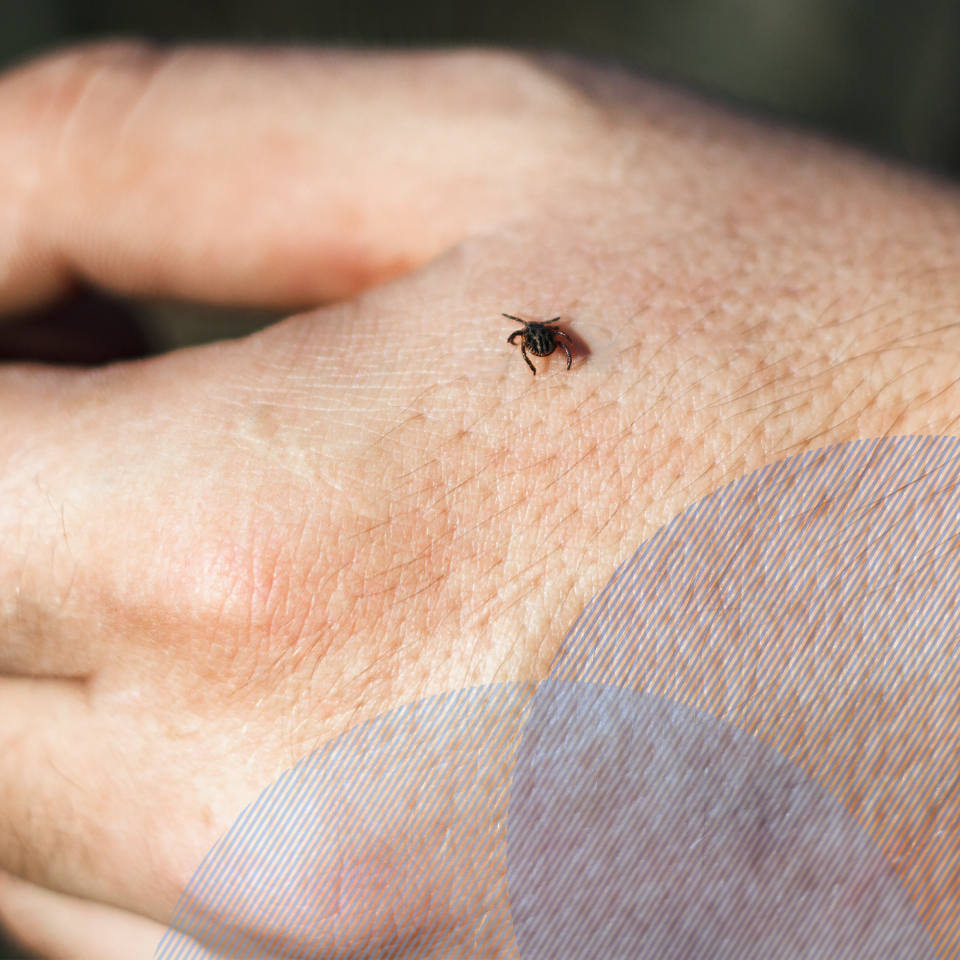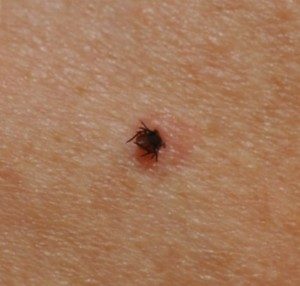Comprehending Lyme Disease-- Vital Recognition for Prevention
Lyme disease stays a significant public wellness worry, primarily transferred with the bites of contaminated ticks, especially in regions with thick vegetation. Comprehending its transmission, signs and symptoms, and precautionary procedures is essential for mitigating dangers connected with this possibly incapacitating disease. The very early recognition of Lyme disease is important, yet many individuals stay not aware of its manifestations or the atmospheres that pose the highest possible risk. As we discover the complexities of this condition, one should take into consideration not only the medical ramifications however also the practical steps for efficient avoidance. What approaches can truly safeguard against this covert danger?
What Is Lyme Illness?
If left without treatment, Lyme illness can progress to more severe stages, potentially influencing the joints, heart, and nerves. People might experience arthritis, neurological problems, or cardiac problems. The illness can be testing to identify, as its symptoms can mimic those of other diseases. Diagnostic techniques commonly involve a combination of medical evaluation and research laboratory screening, consisting of serological assays to discover antibodies against Borrelia burgdorferi.
Prompt acknowledgment and treatment are important in handling Lyme disease and preventing issues, with early antibiotic intervention generally leading to desirable end results.
Just How Lyme Illness Spreads
Lyme illness primarily spreads through the bite of contaminated black-legged ticks, also referred to as deer ticks, which bring the germs Borrelia burgdorferi. These ticks are typically found in grassy or wooded locations, usually living on shrubs or reduced vegetation. They call for a blood dish from a host, such as people or animals, to replicate and flourish.
Transmission usually happens when ticks affix to the skin and stay for an extended period, typically 24 to two days. The risk of infection raises with the period of accessory, as the germs is transferred from the tick's saliva into the host's bloodstream. Ticks can be energetic throughout warmer months, specifically in springtime and summer season, making outside activities a potential danger for direct exposure.
While black-legged ticks are the primary vectors, other species, such as the Western black-legged tick, can additionally transfer Lyme disease. It is important to be alert in locations where ticks prevail. Preventative actions consist of wearing safety clothing, using tick repellents, and carrying out complete tick checks after exterior tasks to decrease the possibility of bites and subsequent transmission of Lyme disease.
Signs And Symptoms and Diagnosis
Identifying the signs of Lyme condition is essential for timely medical diagnosis and therapy, as early treatment can dramatically impact healing. One of the most recognizable early signs and symptom is the erythema migrans breakout, which shows up as a circular, red lesion with a central clearing, typically appearing like a "bull's- eye." This breakout normally establishes within 3 to 1 month after a tick bite and might be gone along with by flu-like signs such as fever, cools, tiredness, muscular tissue aches, and migraines.

Diagnosis of Lyme illness mostly counts on scientific examination, taking into consideration the client's signs and possible direct exposure to ticks in native to the island locations. Laboratory tests, including enzyme-linked immunosorbent assays (ELISA) adhered to by Western blot examinations, can sustain the medical diagnosis but are not definitive in early-stage Lyme condition. Motivate acknowledgment and medical diagnosis are essential for initiating ideal antibiotic treatment, which is most reliable when provided early in the illness course.
Prevention Techniques
Stopping Lyme illness requires an aggressive approach, especially for people that spend time in locations where ticks are common. In enhancement, putting pants into socks and making use of tick-repellent items containing DEET or permethrin can substantially lower the threat of tick accessory.
On a regular basis examining oneself, youngsters, and pets for ticks after exterior activities is critical. Ticks needs to be without delay eliminated using fine-tipped tweezers, realizing them as close to the skin's surface area as possible. It is recommended to shower within 2 hours of returning inside your home, as this can aid get rid of ticks prior to they attach.

Therapy Options
Effective management of Lyme disease hinges on ideal and timely treatment alternatives, which mainly entail antibiotic treatment. Early localized Lyme condition is typically treated with dental antibiotics such as doxycycline, amoxicillin, or cefuroxime axetil for a duration of 10 to 21 days.
In cases of very early disseminated Lyme illness, where neurological or cardiac symptoms may occur, a longer course of intravenous prescription antibiotics or dental prescription antibiotics may be warranted. For patients experiencing persistent signs and symptoms after first therapy, called Post-Treatment Lyme Illness Disorder (PTLDS), a much more complex administration approach may be needed. This can include a multidisciplinary strategy, dealing with not just the physical signs and symptoms but likewise psychological facets, as tiredness and cognitive difficulties prevail.
It is essential for clients to take part in open interaction with their doctor to customize more helpful hints therapy strategies to their specific needs, guaranteeing the very best feasible outcomes in the monitoring of Lyme illness.
Conclusion
Lyme condition presents significant wellness risks mainly because of its transmission by means of contaminated black-legged ticks. Early acknowledgment of symptoms and timely diagnosis are important in managing the ailment efficiently. Applying safety nets, such as safety apparel and tick repellents, significantly lowers the likelihood of infection. Proceeded recognition and education concerning Lyme disease are necessary in mitigating its effect, thereby promoting much healthier communities and securing public health versus this prevalent tick-borne disease.
Lyme disease mostly spreads out through the bite of infected black-legged ticks, likewise recognized as deer ticks, which lug the bacterium Borrelia burgdorferi. Lymecare Alliance.While black-legged ticks are the primary vectors, other types, such as the Western black-legged tick, can likewise transfer Lyme illness. Preventative actions consist of wearing protective clothes, using tick repellents, and page conducting detailed tick checks after exterior tasks to lower the chance of attacks and succeeding transmission of Lyme illness
Medical diagnosis of Lyme illness largely relies on professional analysis, taking right into account the individual's signs and symptoms and possible direct exposure to ticks in native to the island areas.Lyme disease presents significant health threats mainly due to its transmission through contaminated black-legged ticks.